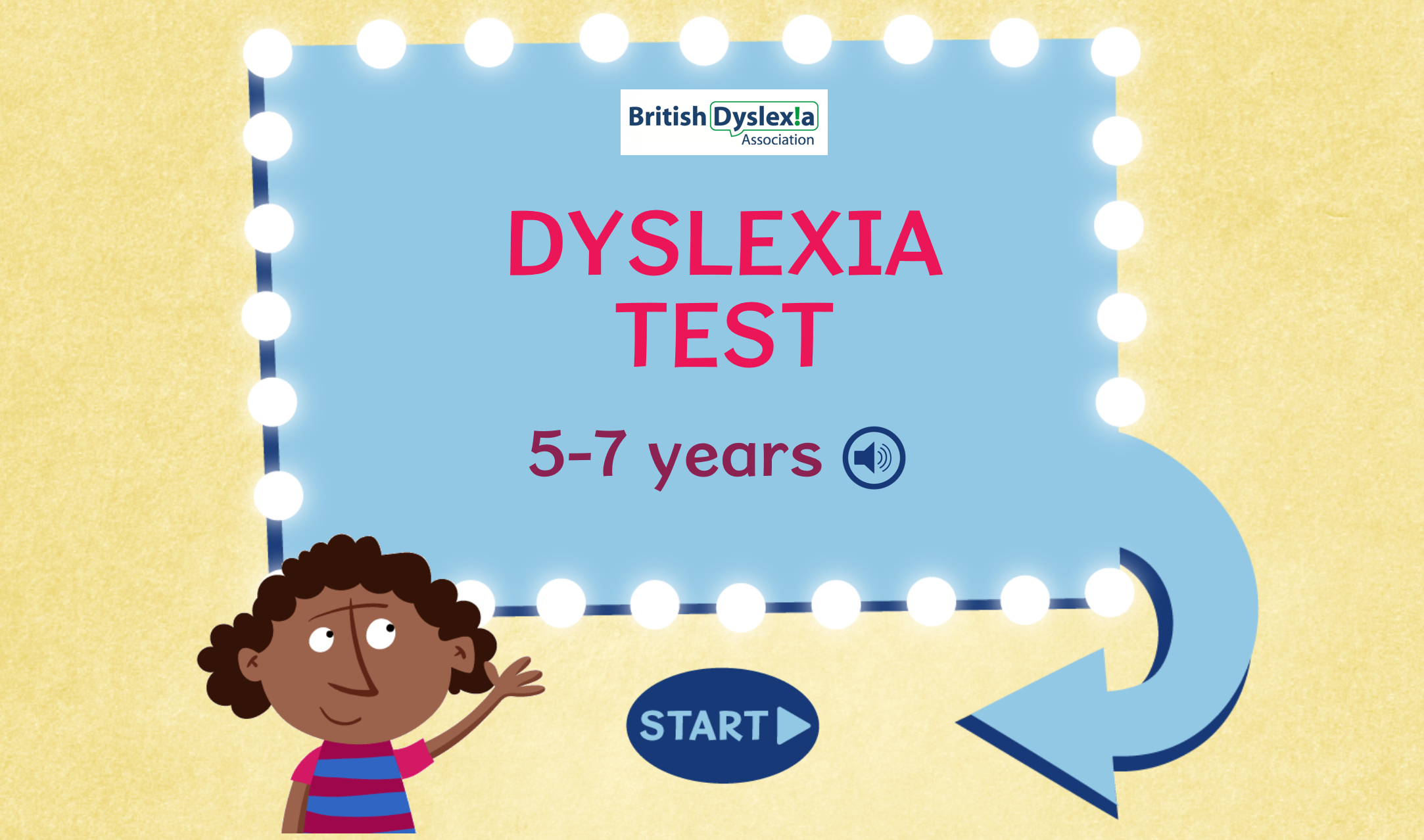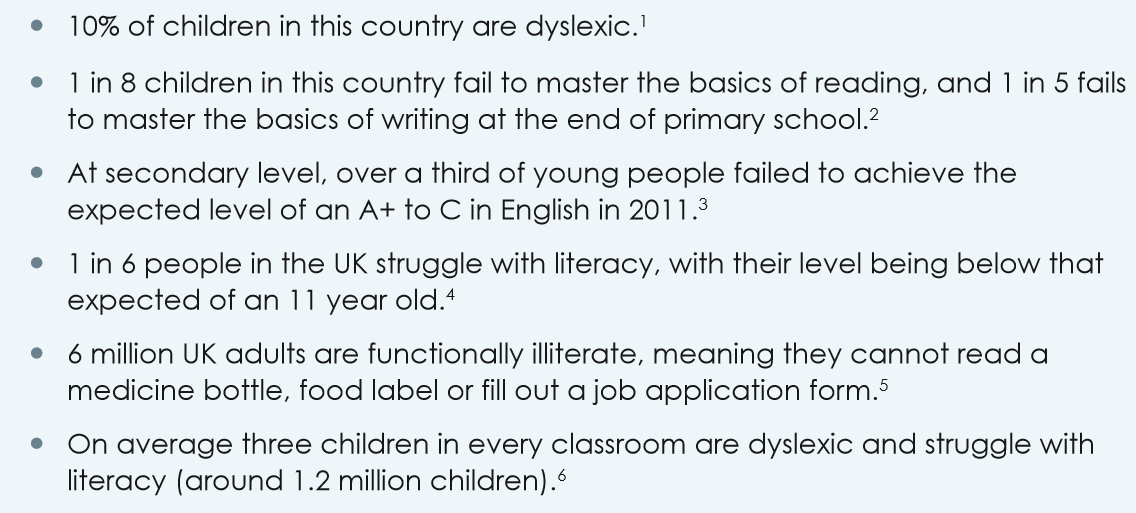
Microsoft’s OneNote can help dyslexic children read and spell, study finds
Microsoft’s OneNote digital notebook has helped dyslexic children improve their reading and spelling skills in a trial led by a top UK school.
The British Dyslexia Association (BDA) is encouraging educators to look at the potential for using the technology in the classroom after OneNote was found to increase reading skills and boost confidence among young people with the condition.
Teachers involved in the project said they intended to continue using the tools as they have benefited their pupils, especially older students.
It is estimated that 10% of children in the UK have some degree of dyslexia, which can cause problems with reading, writing and spelling.
Microsoft, in conjunction with the BDA, loaned Surface laptops to Knowl Hill School, in Woking, Surrey, which specialises in teaching children with dyslexia and learning difficulties. Installed on the devices was OneNote, a digital notebook that allows users to write down ideas and keep track of notes as well as draw and sketch. It automatically underlines incorrectly spelled words in red, while the Immersive Reader feature reads out what children have written.
Twenty children from Year 4 to Year 9 with dyslexia, dyspraxia, dyscalculia, attention deficit disorder, specific language impairment or an autistic spectrum disorder took part in an 11-week trial to see whether Microsoft’s technology could improve factors that support their learning. Almost all of them had experienced difficulties with reading, spelling and writing.
Results from the small-scale trial, conducted by the BDA, showed that the children “made more progress than would generally be expected for children of their age over the same time period” for single word reading, spelling, reading fluency and reading accuracy. The BDA found the same results after tests involving alliteration, rhyme, spoonerisms and non-word reading.
The children made the “normally expected rate of progress” on processing speed, but OneNote had given them “more strategies to apply” during resits of this particular part of the test, which was seen as a positive development.
Overall, 11 out of 16 of the young people in the trial moved from one band of standardised scores into the next band up, which is “indicative of potential good improvements in reading comprehension skills”, the BDA noted.
Students and teachers “pointed to a number of positive aspects of the tools that helped students with checking mechanisms, independent working and reduction in feeling embarrassed about their mistakes or weaknesses”.
“Emotional wellbeing, self-esteem and self-confidence are often key issues for dyslexic young people, who may have experienced a sense of failure within the education system due to their struggles with the acquisition of literacy skills and other related problems,” the BDA stated in its report. “Often for these young people, one of the first steps in helping them is to enable them to believe that they can be successful learners, and this can involve considerable rebuilding of their self-confidence and self-esteem.”
Before and after the tests, the children also answered questionnaires on emotional distress, which measured stress, behavioural difficulties, hyperactivity and concentration difficulties, difficulties getting along with other young people and kind and helpful behaviour.
 Loading...
Loading...
The BDA found that 16 out of 18 of the students who took part in this questionnaire showed improvements in at least one of the above areas. Notably, 15 out of 18 of the young people recorded a decrease in their “Emotional Distress” score.
In a statement, the BDA said: “We would encourage educators to explore greater uses of technology to meet the needs of young people with dyslexia and other specific learning difficulties.
“Although this is a small-scale trial, this project offers some interesting insights into the use of such tools and the potential of these to positively impact factors that lead to improved outcomes for young people. These may be in terms of assistive and supportive features, but also may potentially provide added value in the effectiveness of dyslexia-friendly teaching. Further, extended research would be appropriate, using larger samples and a longer implementation period. This is particularly appropriate given the time required to become familiar with the use of technological tools.”
Ian Fordham, Director of Education at Microsoft UK, said: “Confidence and emotional resilience are crucial parts of the learning process for all children. It’s important that young people believe that they can learn, grow and thrive in the classroom, and giving them the best tools is a big step towards achieving this.
“The results of the BDA’s trial at Knowl Hill School are small scale but very promising and we would welcome a closer look at how OneNote and our wider technology tools can further benefit learning across the curriculum. A key feature of our work at Microsoft is narrowing the achievement gap and supporting inclusion in mainstream and special schools, and we are delighted to have supported this pioneering project with the British Dyslexia Association.





